Seed-sowing dates for vegetables.
From decades of trial and error in my gardens, where results have revealed the timings for top results.
Sowing and planting
These two words are often used interchangeably, which causes confusion. On this page:
1 ‘Sow’ is for setting seeds in soil / compost, from celery to tomato to garlic, even potato.
Many seeds are small and early growth is therefore slow. In cooler climates, I recommend sowing undercover to speed this early part of most plants’ lives.
2 Plant refers to setting out a plant with leaves. Sometimes also one says to plant garlic and potatoes!
- How big your plant is when you set it in the ground is your call.
- I recommend planting small ones of average 4 weeks since sowing, except for tomatoes, aubergines etc.
- Always plant before the roots have used all available compost and before you see leaves going yellow or purple (lack of nitrogen mostly).
- Older plants take more time to establish so you lose cropping time in the end.
- Use fleece/row covers in spring to help young plants establish.
- Fleece reduces light by 15-30% but in spring this does not matter, because there is a surplus of light, and fleece converts some of the surplus to otherwise-absent warmth. Result: net gain.
You can sow vegetables at different times to ones I suggest. They will grow, but the outcomes will be different, such as lower yield, more pest and disease, perhaps a tendency to flower rather than leaf.
Hence for example I do not recommend sowing salad rocket and mizuna in the spring because it’s their flowering season. Although many gardeners do and are happy with the smaller yield and insect-damaged leaves, compared with healthier leaves and more weeks, even months of picking, from August sowings.
Dates are based on the climate of Somerset in south west UK, USDA zone 8, last frost mid May and first frost mid October.
Dates refer to sowing seeds, not planting plants.
For a beautiful reminder of when to sow vegetables, all year long, see my 2024 Calendar of Sowing Dates. Its sowing dates continue until autumn so it’s a good purchase even in summer, with lovely photos of my garden here, and it has no dig advice too.
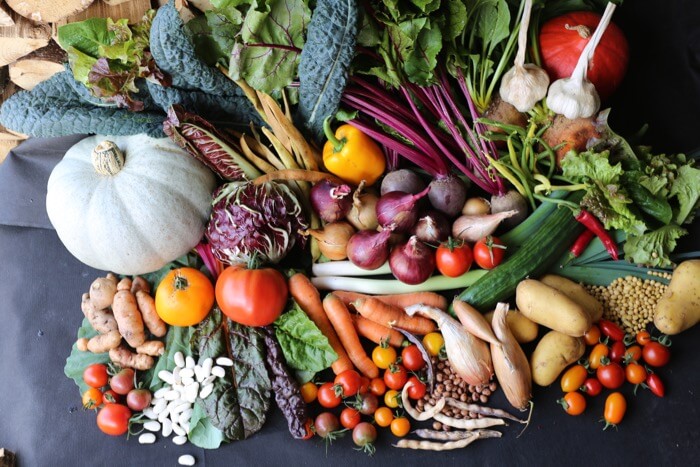
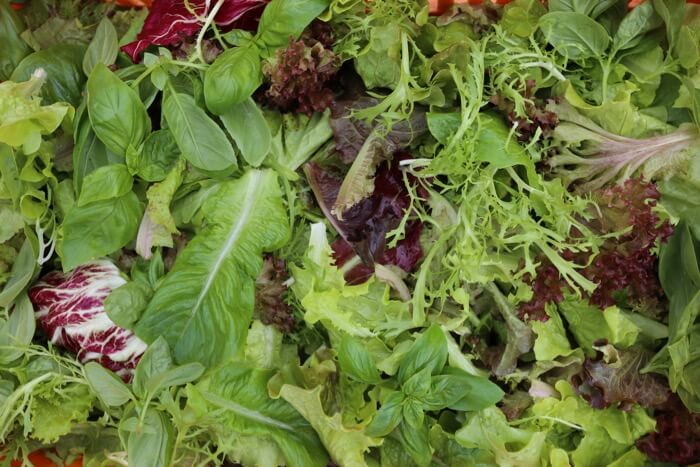
Southern Hemisphere Sowing Guide
Prompted by consistent demand, we have found time to modify the annual Calendar so that it works for the southern hemisphere! The sowing dates are grouped in blocks of 10 days, so three blocks per month: early. middle and late.
Open and download it here:
Southern Hemisphere Sowing Guide 2023
Highland Seedlings Sowing Schedule
Mairi Macpherson sent me her sowing schedule for Scotland, at 57° north, and has kindly agreed to allow me to add it here as a downloadable PDF document. It is an option for people in colder climates with a shorter growing season: Highland Seedlings Sowing Schedule
Under cover and outside/outdoors
Seeds require more warmth to germinate than plants need to grow. I recommend sowing “under cover” where it’s warmer: windowsill, electric propagator, greenhouse, anywhere warm.
After about two weeks as new leaves grow fast, most plants need full light as much as or more than warmth. So look to move them from windowsill to greenhouse/polytunnel/cold frame.
All sowings I recommend in February and early March, until tomatoes, are frost tolerant. So they will survive frost in a greenhouse say, as seedlings.
I put with warmth for seedlings/plants that are killed by frost AND need extra warmth to grow.
- Planting “outdoors” means setting plants in the ground, as opposed to sowing seeds in a greenhouse or polytunnel. This page is about sowing and does not have planting dates – see my Diary for more on that.
Applying these dates in different climatic zones
You can categorise vegetables into three categories, according to their temperature tolerances.
1 Plants which grow in cold and survive frosts of say -6C / 20F, include peas, broad beans, onions, lettuce, spinach, brassicas and coriander.
2a Plants killed by frost include tomatoes and sweetcorn, but they tolerate cool conditions.
2b Vegetables needing steady warmth as well as no frost include runner/pole and French/bush beans, aubergines/eggplants and cucumbers.
In spring, if you are in a warmer climate than here, sow the first category maybe a week earlier. And categories 2a + 2b about two weeks earlier, if say last frost date is in April rather than (Homeacres) mid May.
In late summer and autumn generally, make all sowings a week or two later in say zone 9 and where summers are hotter than here – our average summer day is 21C/70F, we are oceanic-temperate.
From these guidelines, you can work out best dates through keeping notes and observing.
I include links to the lessons of my online course, From Seed to Harvest. Buying a lesson all about the vegetable you wish to grow will give you the in-depth knowledge you need to sow, care for and harvest your vegetables.
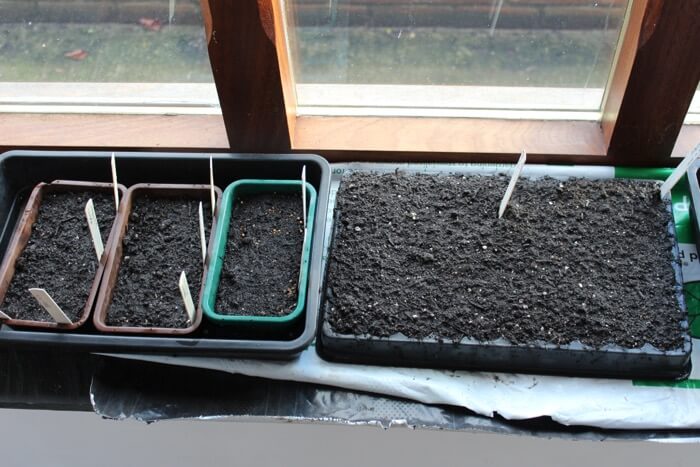
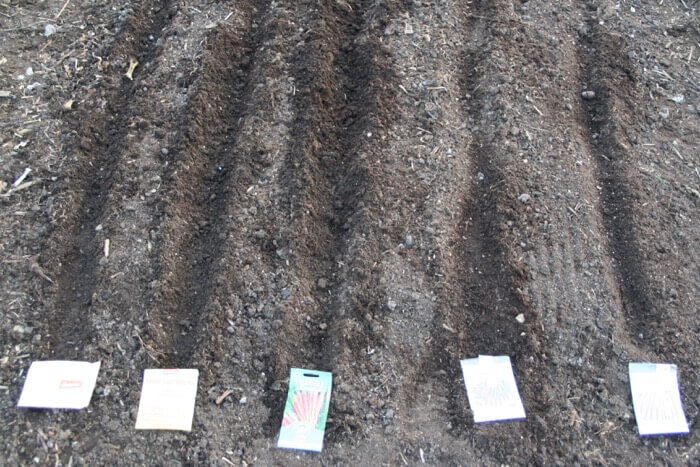
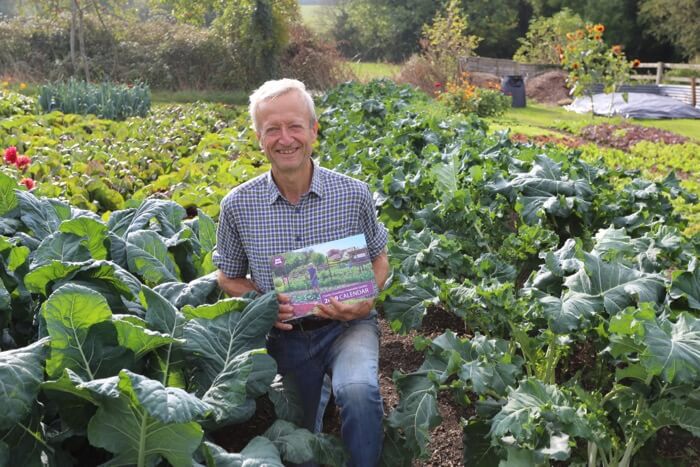
*Learn more about sowing in this module from my online Skills course – ‘Seeds, sowing and planting’ – now available to purchase at half price for £13*
——
Lettuce
The common advice of “sow every two weeks” applies only if you want lettuce hearts. For loose leaves, 4-5 sowings in the whole year* suffice, when you use my method of never cutting lettuce plants, but picking outer leaves every few days. This allows a long life to each plant, see my lettuce video for more details.
*sow under cover Feb-Mar, then 1st June, mid July (these three sowings for growing outdoors), and early September for undercover lettuce in winter.
February
Best start date is after Valentines Day when light is increasing fast.
Sow under cover broad beans, spinach, lettuce, peas for shoots, onion, salad onion, early varieties of cabbage, calabrese, kohlrabi, cauliflower, turnips, radish, bulb/Florence fennel, parsley, coriander, dill.
With warmth aubergine, pepper, chilli – sow these by the end of March
Sow outside garlic if not already
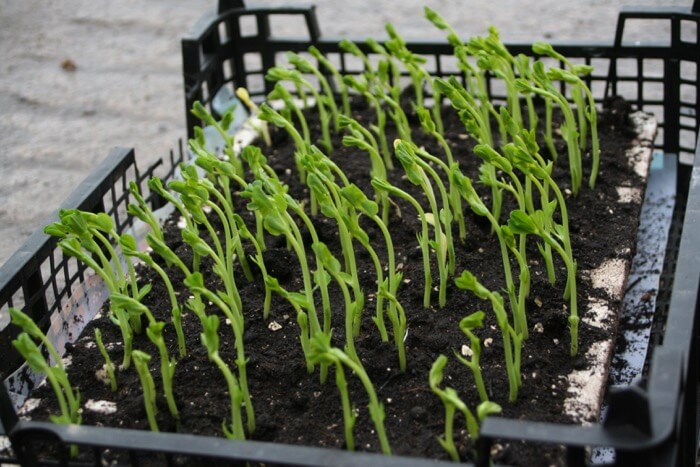
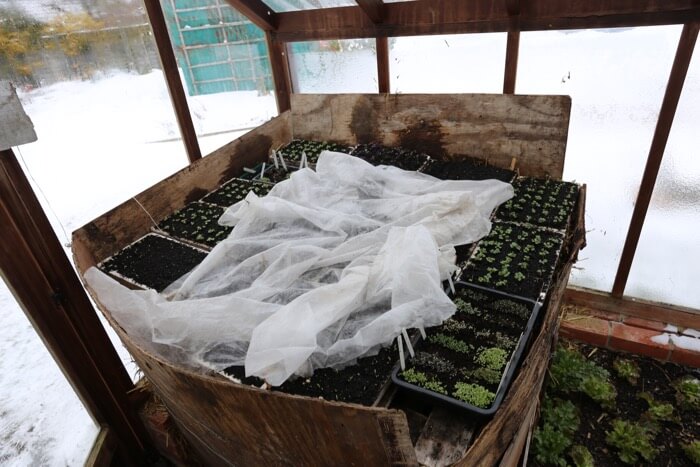
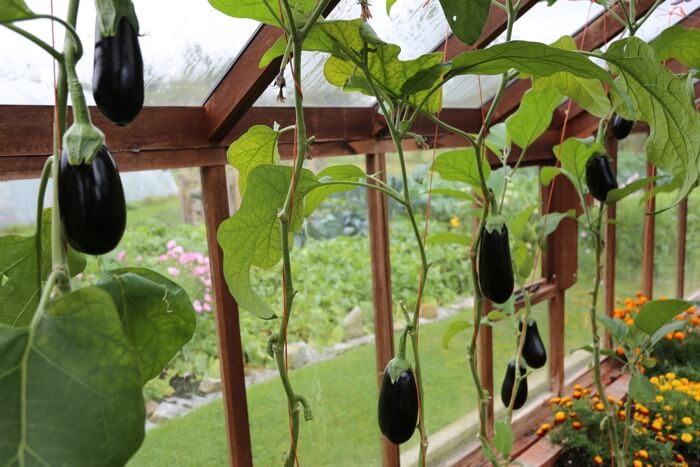
March
Sow under cover as for February plus peas for pods and beetroot.
Then celery and celeriac from mid-month.
With warmth tomatoes – sow around mid-month for under cover cropping, melon at month’s end.
Sow outside garlic if not already, broad beans, and after mid-month sow lettuce, spinach, peas, onion seeds and sets, salad onion, early brassicas, parsley, coriander, dill, parsnips; and first early potatoes late March.
April
Sow under cover as for March (except its getting late for celeriac, sow asap), leeks, leaf beet, beetroot (all varieties), basil, chard and Brussels sprouts after mid-month, tomatoes for outdoor growing. With warmth and around or after mid-month, cucumber, courgette, squash, pumpkin, sweetcorn
Sow outside all potatoes, broad beans, lettuce, spinach, peas, salad onion, early and autumn brassicas, radish, leeks, leaf beet, carrots, parsley.
In cool climates, all outdoor sowings and plantings will benefit from the warmth provided by covers such as horticultural fleece.
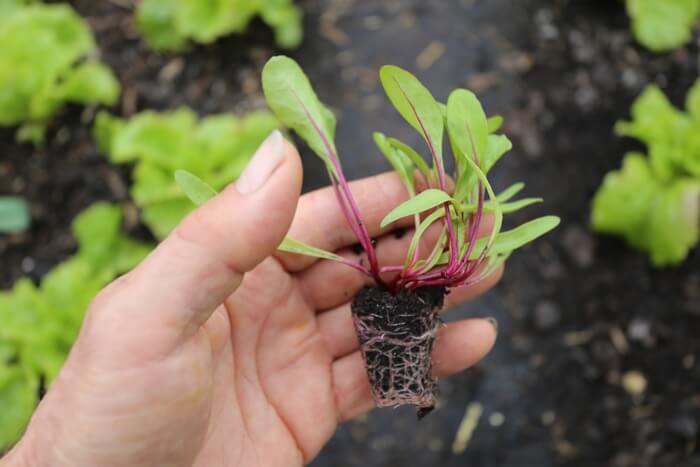
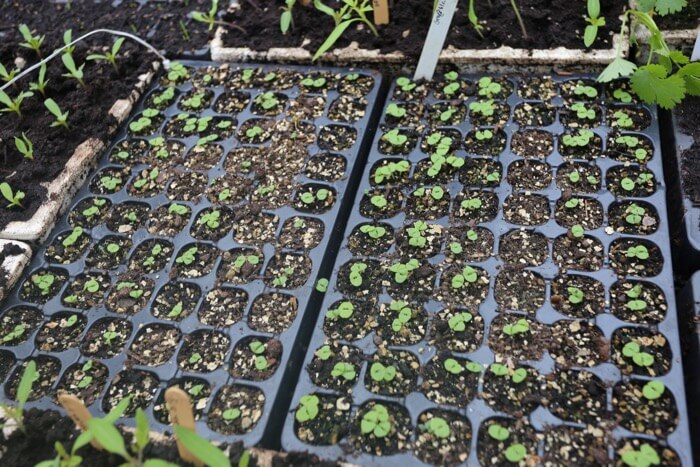
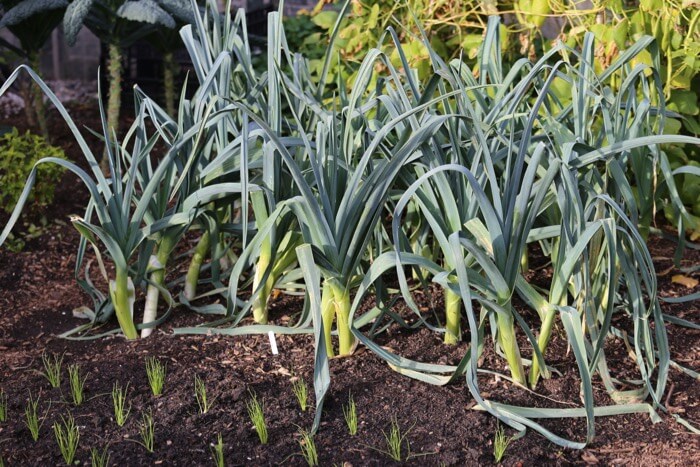
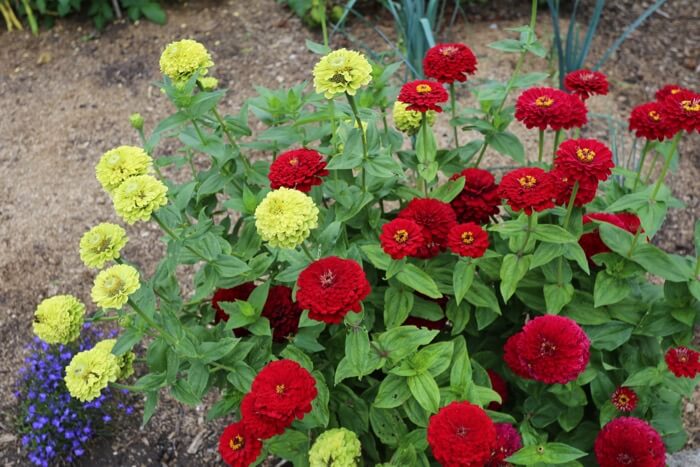
May
Sow under cover leeks, Brussels sprouts and winter squash in early May. At any time in the month, sow courgette, French and climbing beans, leaf beet, beetroot, chard, lettuce, kale, cabbage for autumn, salad onion, basil.
Swede at the end of May.
Sow outside same as under cover, also maincrop potatoes by early May, carrots, and parsnips with seedbed kept moist until germinated.
After mid-month and at the end of May or early June in cold springs, sow cucumber, courgette, squash, pumpkin, sweetcorn.
June
Sow under cover beetroot, swede, lettuce, leaf beet, chard, kale, cabbage for winter, purple sprouting broccoli, cauliflower for both autumn & spring, calabrese for autumn harvests, cucumber, basil.
After solstice sow endive, chicory, kohlrabi and Florence fennel.
Sow outside same as under cover, also carrots, plus cucumber before mid-June.
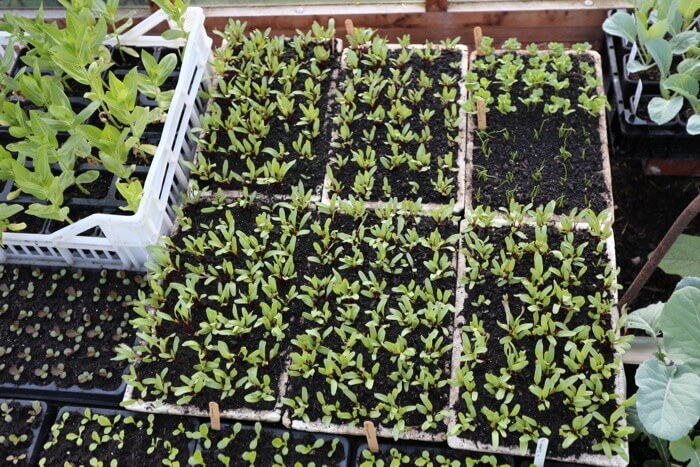
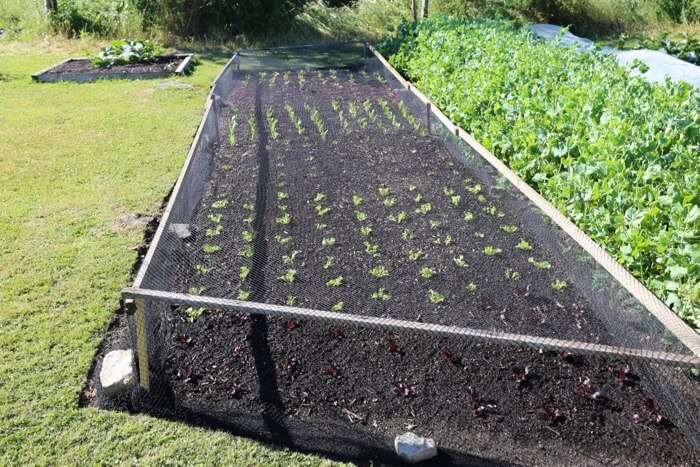
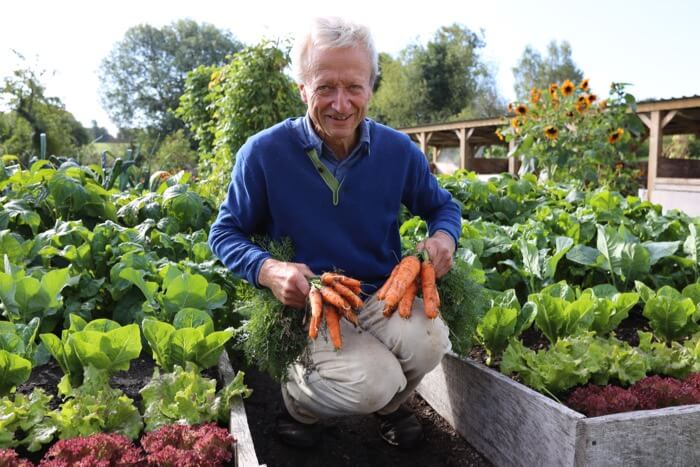
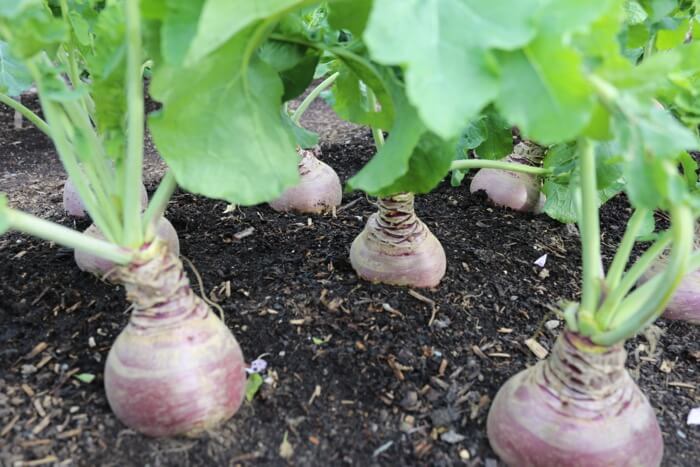
July
Sow under cover by the end of the first week, kohlrabi, beetroot and savoy cabbage. Before mid-month sow lettuce, leaf beet, chard, endive, chicory.
After mid month sow bulb/Florence fennel, chervil, coriander, land cress, wild rocket, and Chinese cabbage.
At month’s end in cool areas, spinach, mustards, pak choi, salad rocket, turnips.
Sow outside same as under cover, and carrots until mid-July.
August
Sow under cover claytonia, oriental leaves, salad rocket, turnips multisown and true spinach.
August is fantastic for sowing salad rocket, oriental leaves and spinach.
Before mid-August, sow chervil, coriander, dill, parsley and land cress, for autumn and winter cropping outside.
After mid-August, sow salads to grow outside through winter. Also spring onions and spring cabbage, for harvests in spring.
Sow outside same as under cover but approximately a week earlier.
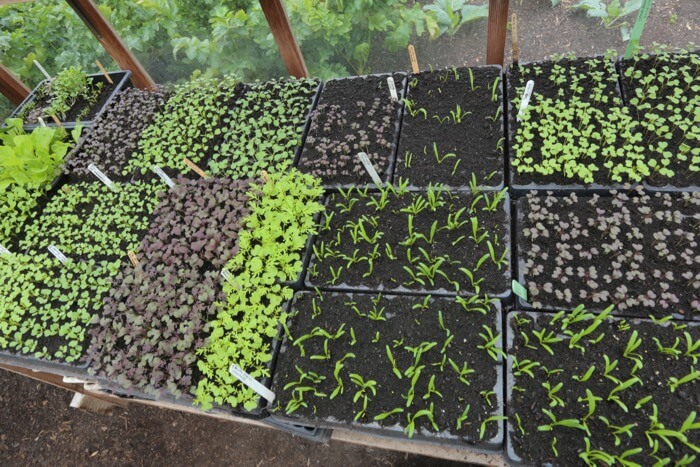
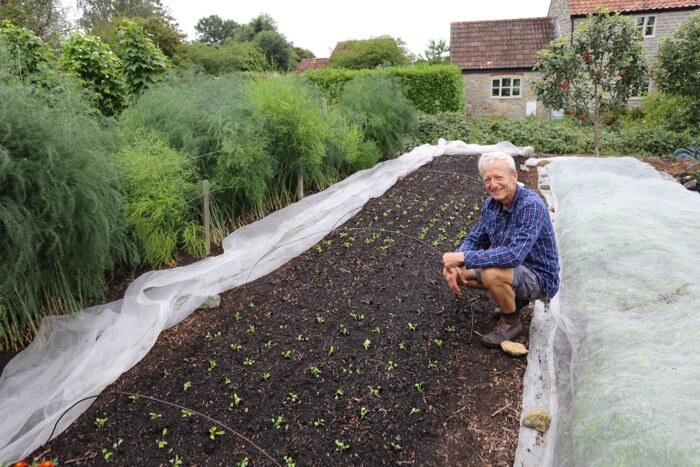
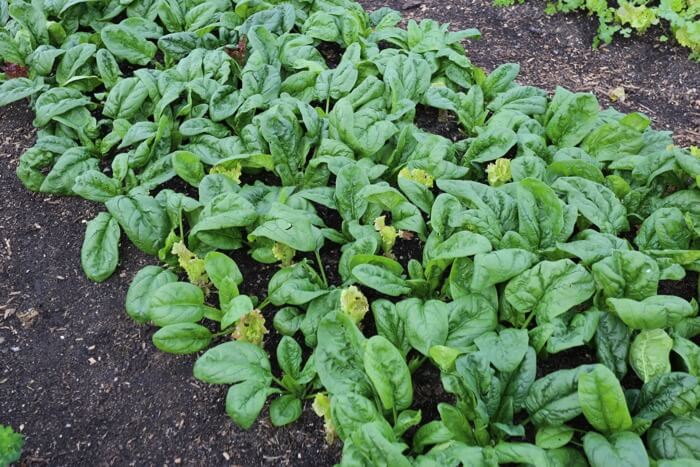
September
In the first week, sow under cover for outdoor planting to crop in autumn/winter, lambs lettuce, mizuna, salad rocket
In early to mid-September, sow under cover all salads for planting under cover , which include spinach, chard, mustards, and kale. These can also grow large for cooking.
Sow outside is the same seeds as under cover but a week earlier, with last salad sowings by 10th September outside.
October
Sow outside garlic – in fact you can sow it from the autumn equinox. You can also sow onion sets to stand as small onions through winter, but they may harbour mildew and then infect spring sown onions in May. Fortunately, spring onions sown in August of the White Lisbon type, do not carry mildew over winter.
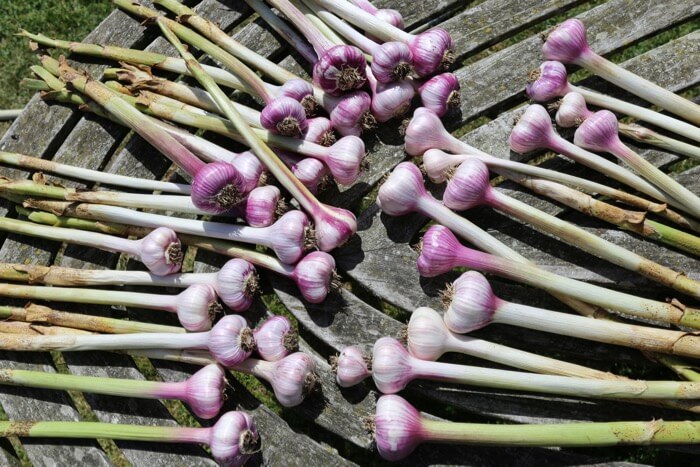
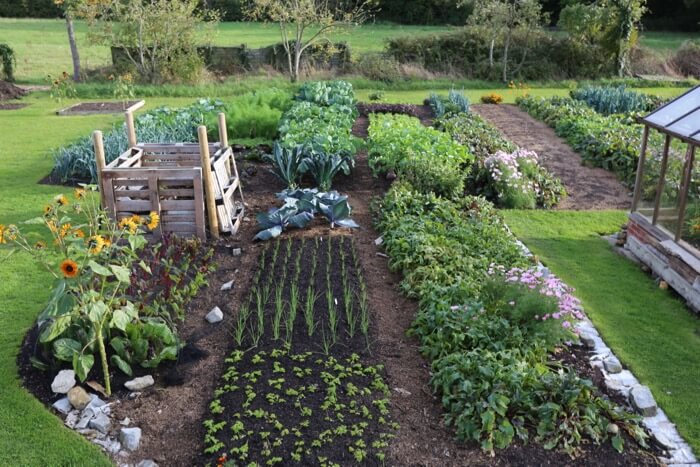
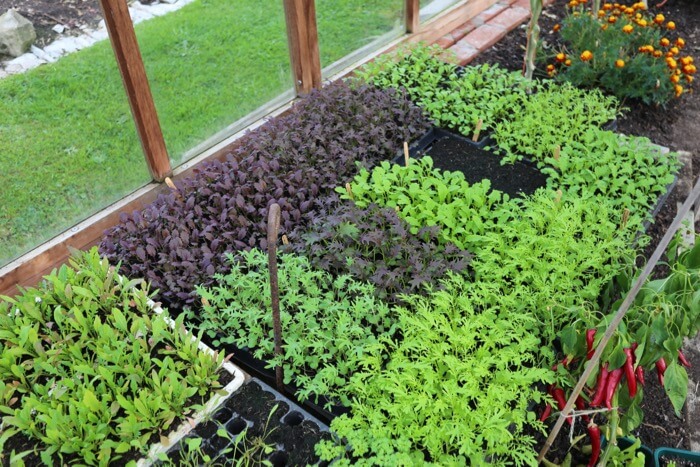
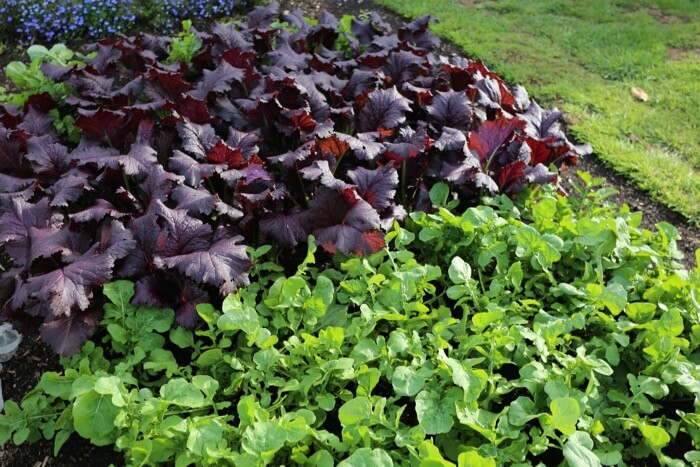
Last sowings
Depending where you live, sow broad beans to overwinter as small plants from late October to early November. Sowing in December is possible too, both under cover and outside, likewise for garlic.










































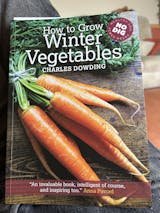
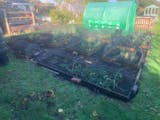
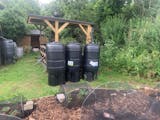
0 comments